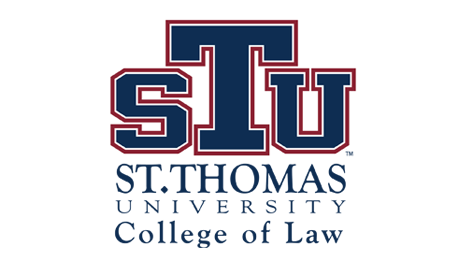St. Thomas Law Review
First Page
491
Document Type
Article
Abstract
Finding the right mix of church and state is not an easy task for our society. This is especially true in our public schools. Everyday, millions of elementary school students meet after school in public school facilities to participate in Girl Scouts, Boy Scouts, Cub Scouts, Brownies, and 4-H Clubs. These organizations share the goals of preparing young boys and girls to grow into men and women of good morals and character. Religious organizations that share these goals, however, are denied access to school facilities simply because they have a religious point of view. School districts have told children that it is okay to learn morality, as long as it is not religious morality. School districts do this purportedly to protect children from nisperceptions of state endorsement of religion. But this justification is dubious. Children understand hostility towards religion as easily as they understand approval of religion. Moreover, when federal courts repeatedly strike down majority support for public recognition of religion, a perception of government hostility towards religion is more rational than one of endorsement. Although many of the instances where religion intersects with the state present difficult questions of constitutional law, some of them may be considered no-brainers. The issue of equal access for religious groups is an easy example of such a case. In addition to the common sense notion that children understand hostility just as well as they understand endorsement, three principles derived from the First Amendment protect religious believers. First, the Free Speech and Free Exercise Clauses prohibit government from disadvantaging children, or anyone else, simply because of their religion. Second, the Establishment Clause limits public not private speech. Finally, student impressionability is relevant only when the state directs a religious exercise - not when voluntary student speech is at issue. These principles, combined with the fact that any reasonable misperceptions of state sponsorship can be eliminated by simple precautionary measures, compel the conclusion that the constitutional right to equal access extends to all children in public schools irrespective of age.
Recommended Citation
David Woodcock,
Too Young to Understand--Extending Equal Access to All Children in Public Schools Regardless of Age,
13
St. Thomas L. Rev.
491
(2001).
Available at:
https://scholarship.stu.edu/stlr/vol13/iss2/3

